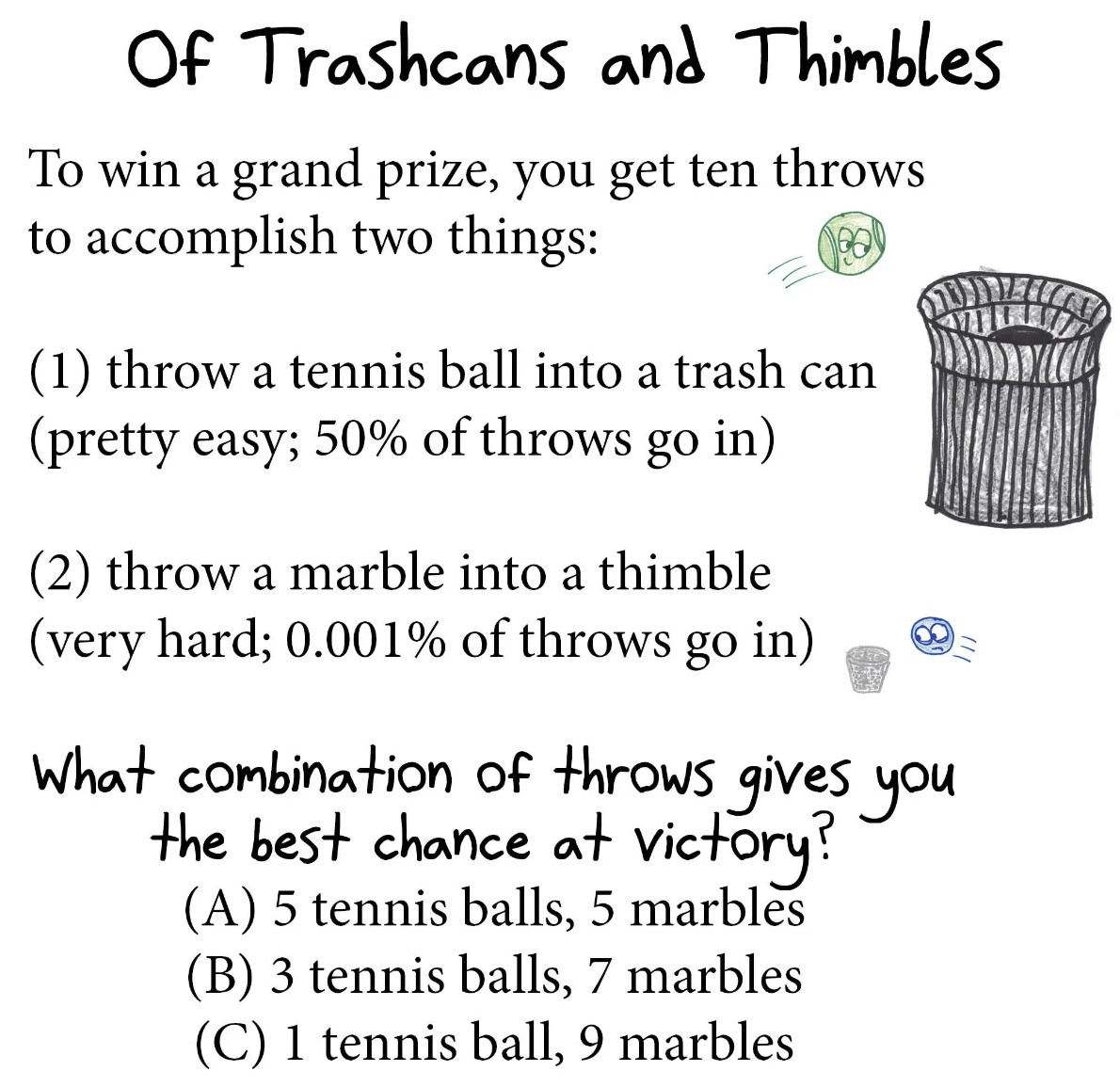Over at Frieze:
Gary Indiana, the novelist, playwright and critic who rose to prominence in the art world as a writer for the Village Voice in the 1980s, has died aged 74.
Born Gary Hoisington in Derry, New Hampshire in 1950, Indiana briefly studied at the University of California, Berkeley, before dropping out to pursue a career in ‘narrative porn’. After living among drug addicts in a rundown Los Angeles made famous by the fiction of Raymond Chandler, Indiana moved to New York City in 1978, where he became an actor and playwright in the downtown theatre and cinema scenes.
From 1985 to 1988, Indiana served as an acerbic, fearsome art critic for the Village Voice, at once elevating the underrated and skewering the well-established. His commentary was informed yet personal, and it drew an intense readership for his reflections on the political and social situation facing artists at the time. ‘I was lucky to have a public voice in those faraway days,’ he later recalled. ‘Of course, the primary task was to cover exhibitions, but much of the art being made in the ’80s deal with the world beyond four walls of a gallery, and it seemed perfectly natural to blend art criticism with commentary on the state of things.’
More here.
Enjoying the content on 3QD? Help keep us going by donating now.

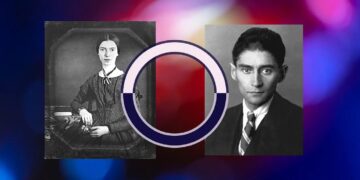 At
At 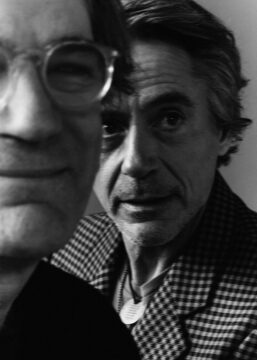 This summer, Ayad Akhtar was struggling with the final scene of “McNeal,” his knotty and disorienting play about a Nobel Prize-winning author who uses artificial intelligence to write a novel. He wanted the title character, played by Robert Downey Jr. in his Broadway debut, to deliver a monologue that sounded like a computer wrote it. So Akhtar uploaded what he had written into ChatGPT, gave the program a list of words, and told it to produce a speech in the style of Shakespeare. The results were so compelling that he read the speech to the cast at the next rehearsal.
This summer, Ayad Akhtar was struggling with the final scene of “McNeal,” his knotty and disorienting play about a Nobel Prize-winning author who uses artificial intelligence to write a novel. He wanted the title character, played by Robert Downey Jr. in his Broadway debut, to deliver a monologue that sounded like a computer wrote it. So Akhtar uploaded what he had written into ChatGPT, gave the program a list of words, and told it to produce a speech in the style of Shakespeare. The results were so compelling that he read the speech to the cast at the next rehearsal.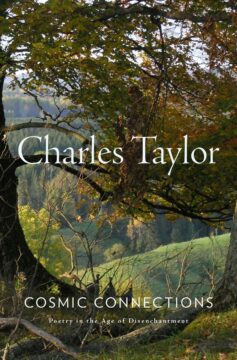 The passage from Enlightenment to Romanticism at the end of the eighteenth century was perhaps the most deeply felt crisis in European intellectual history. The Age of Reason had seen such extraordinary strides in scientific discovery and political liberty that the future progress of both mind and society seemed to many already marked out. Two groups of people were unhappy about this. Traditionalists, both religious and political, regarded the party of Reason as a nuisance, to be swatted away rather than argued with in earnest. The Enlightenment’s scientific materialism and anti-authoritarianism seemed to them sheer perversity, old heresies in a new garb. But by the time the party of Reason morphed into the party of Revolution, it was too late for swatting; and by the mid-nineteenth century the traditionalists had retreated into a long defensive crouch that lasted until quite recently.
The passage from Enlightenment to Romanticism at the end of the eighteenth century was perhaps the most deeply felt crisis in European intellectual history. The Age of Reason had seen such extraordinary strides in scientific discovery and political liberty that the future progress of both mind and society seemed to many already marked out. Two groups of people were unhappy about this. Traditionalists, both religious and political, regarded the party of Reason as a nuisance, to be swatted away rather than argued with in earnest. The Enlightenment’s scientific materialism and anti-authoritarianism seemed to them sheer perversity, old heresies in a new garb. But by the time the party of Reason morphed into the party of Revolution, it was too late for swatting; and by the mid-nineteenth century the traditionalists had retreated into a long defensive crouch that lasted until quite recently. Beginning in late September,
Beginning in late September,  In May 2018, Childish Gambino (Donald Glover’s musical alter-ego) dropped the single
In May 2018, Childish Gambino (Donald Glover’s musical alter-ego) dropped the single 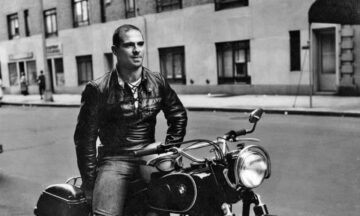 I
I Ever since the first blood-forming stem cells were successfully transplanted into people with blood cancers more than 50 years ago, researchers have wondered whether they developed
Ever since the first blood-forming stem cells were successfully transplanted into people with blood cancers more than 50 years ago, researchers have wondered whether they developed 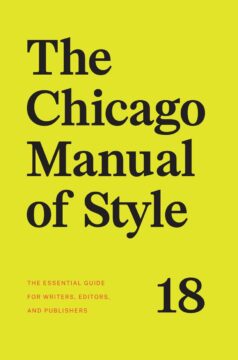 THE YEAR IS 1906. Theodore Roosevelt is in the White House. In New York, the newspapers are reporting on the political aspirations of William Randolph Hearst, unrest in Russia, and the latest dividends from US Steel. Scientific American is running articles about exploring the Sargasso Sea. In Boston, The New England Journal of Medicine is discussing new treatments for typhus and tuberculosis. Upton Sinclair’s new novel The Jungle, recently out from Doubleday, portrays the oppressive working conditions in Chicago’s meatpacking industry—Jack London calls it “the Uncle Tom’s Cabin of wage slavery”—and it’s taking the country by storm. In October, the Chicago White Sox play the Cubs in the country’s first intracity World Series, which the Sox go on to win (in a massive upset) four games to two.
THE YEAR IS 1906. Theodore Roosevelt is in the White House. In New York, the newspapers are reporting on the political aspirations of William Randolph Hearst, unrest in Russia, and the latest dividends from US Steel. Scientific American is running articles about exploring the Sargasso Sea. In Boston, The New England Journal of Medicine is discussing new treatments for typhus and tuberculosis. Upton Sinclair’s new novel The Jungle, recently out from Doubleday, portrays the oppressive working conditions in Chicago’s meatpacking industry—Jack London calls it “the Uncle Tom’s Cabin of wage slavery”—and it’s taking the country by storm. In October, the Chicago White Sox play the Cubs in the country’s first intracity World Series, which the Sox go on to win (in a massive upset) four games to two.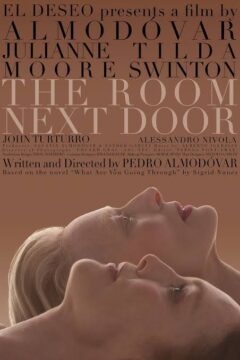 In various ways, Pedro Almodóvar’s terrific new film represents a culmination or point of arrival. The Room Next Door, winner of the Golden Lion at the Venice Film Festival, marks the director’s first time working in English and telling a story set entirely outside Spain. It is also a clear admission – from a film-maker strongly associated with costume, production design and bodies – of an essential bookishness: his belief, expressed in his recently published collection of stories The Last Dream, that his vocation is “literary”, and it’s merely a quirk of fate that the bulk of his written output has been 22 screenplays, which he also directed. The film concerns two writers, Ingrid, a war reporter suffering from cancer (Tilda Swinton), and Martha (Julianne Moore), a novelist with whom Ingrid spends her final weeks. Though Almodóvar does away with many of the reference points in the source material, Sigrid Nunez’s novel What Are You Going Through, he introduces plenty of his own. The Room Next Door opens at a Manhattan bookshop, where Martha is doing a signing, and ends with a quotation from “The Dead” – and it isn’t the only bookshop, or mention of James Joyce.
In various ways, Pedro Almodóvar’s terrific new film represents a culmination or point of arrival. The Room Next Door, winner of the Golden Lion at the Venice Film Festival, marks the director’s first time working in English and telling a story set entirely outside Spain. It is also a clear admission – from a film-maker strongly associated with costume, production design and bodies – of an essential bookishness: his belief, expressed in his recently published collection of stories The Last Dream, that his vocation is “literary”, and it’s merely a quirk of fate that the bulk of his written output has been 22 screenplays, which he also directed. The film concerns two writers, Ingrid, a war reporter suffering from cancer (Tilda Swinton), and Martha (Julianne Moore), a novelist with whom Ingrid spends her final weeks. Though Almodóvar does away with many of the reference points in the source material, Sigrid Nunez’s novel What Are You Going Through, he introduces plenty of his own. The Room Next Door opens at a Manhattan bookshop, where Martha is doing a signing, and ends with a quotation from “The Dead” – and it isn’t the only bookshop, or mention of James Joyce.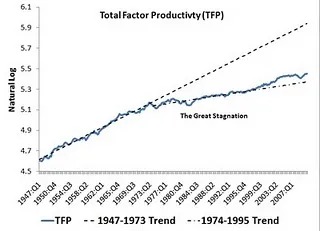 Tyler Cowen is an economics professor and blogger at
Tyler Cowen is an economics professor and blogger at 